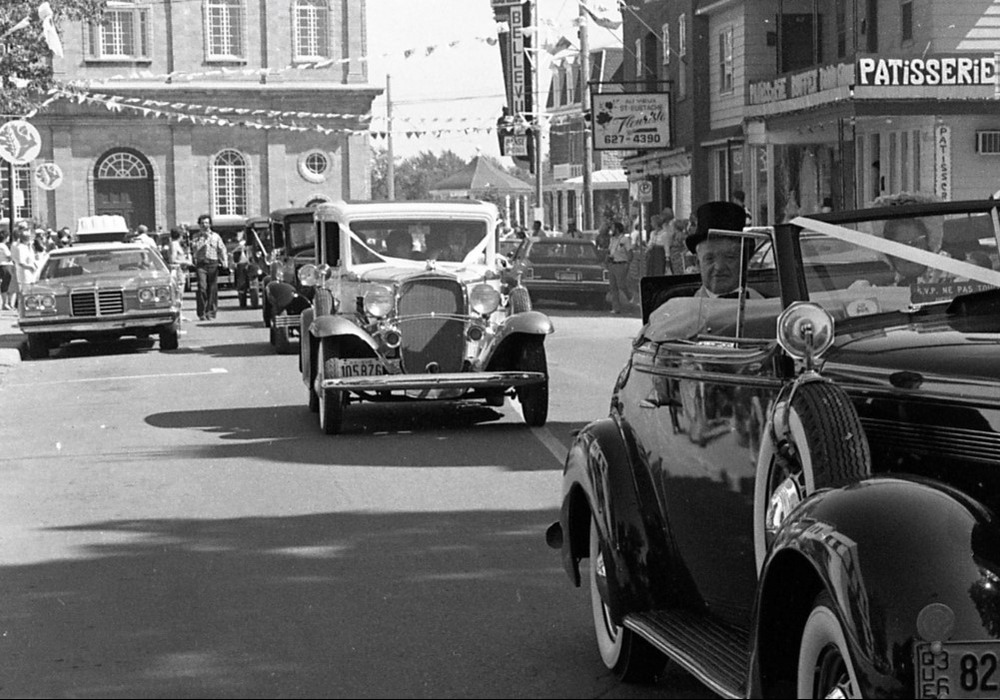The upheaval of community, a powerful emotional experience, is one that dramatically affected several harbour villages in Newfoundland particularly between 1965 and 1975 when the fishing industry was in decline. At the time, the federal and provincial governments instituted a policy of offering families money to relocate in the hope of providing them with better economic opportunities. The controversial resettlement initiative saw 20,000 people move from their homes.
Three towns resisted– Monkstown, Petite Forte and South East Bight–and they remain as strong now as they were years ago. But those who did leave, especially those from the Placentia West region which bore the brunt, feel the impact of the intervention on Newfoundland’s rich heritage to this day. Some believe that eventually they would have left on their own and that the move was beneficial. Others felt it was a body blow to their traditional way of life. But whatever their opinion, and no matter how much bigger their new homes may be, in their hearts there is still no place like the homes they left behind. They can’t help but reflect on what they sacrificed. Some fishers and their families have actually returned and resettled in their former communities.
It’s evident at the Livyer’s Lot Museum how much the people respect their roots. Originally, the structure was a Port Elizabeth Island home built in 1909 for fisher William Paddle and his wife. It was then relocated to Red Harbour in 1969 as part of the resettlement program and remained there until 1993 when the Placentia West Heritage committee bought it and moved it to its present Boat Harbour location. The site now showcases artifacts from the glory days of Placentia Bay.


